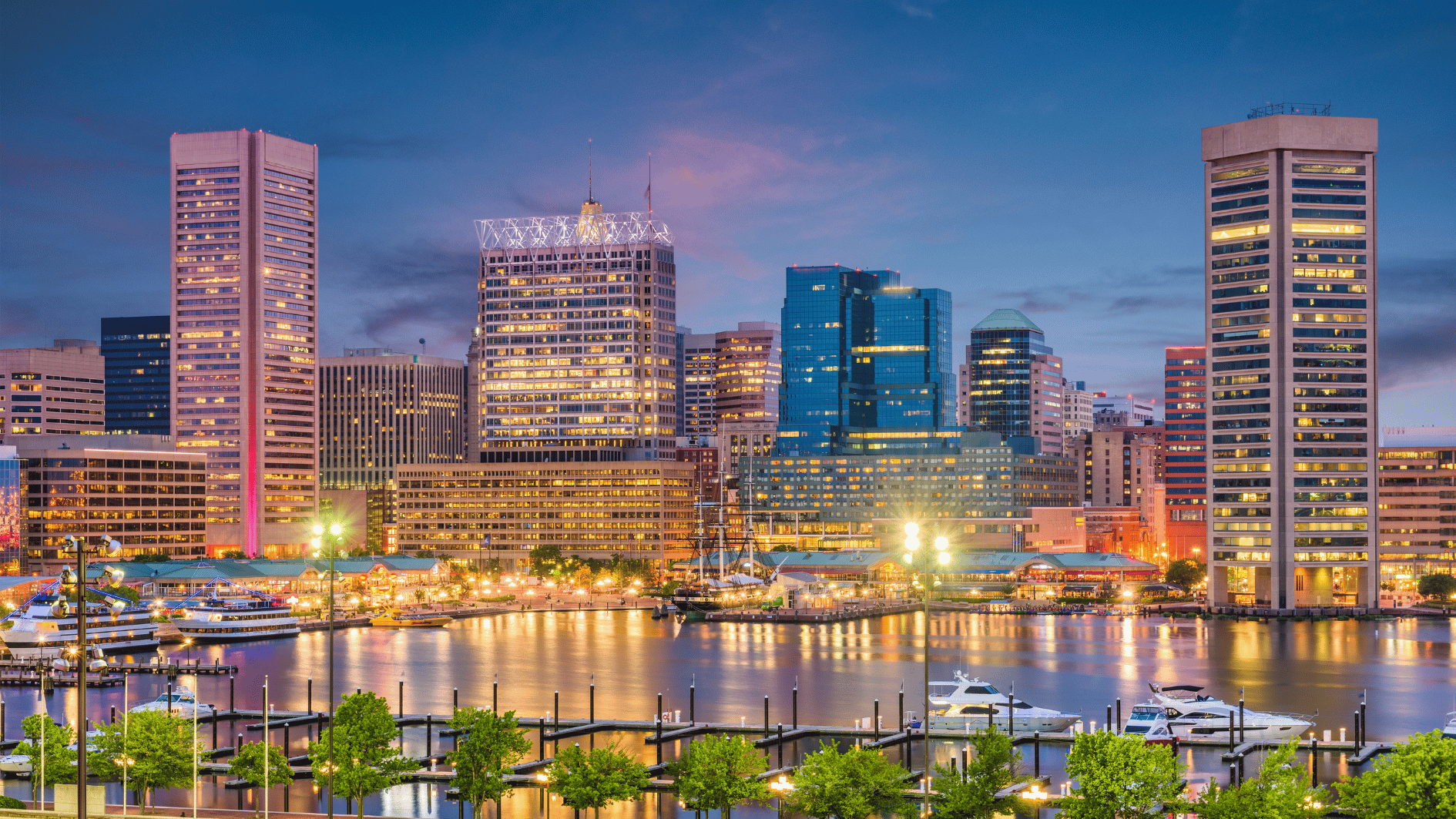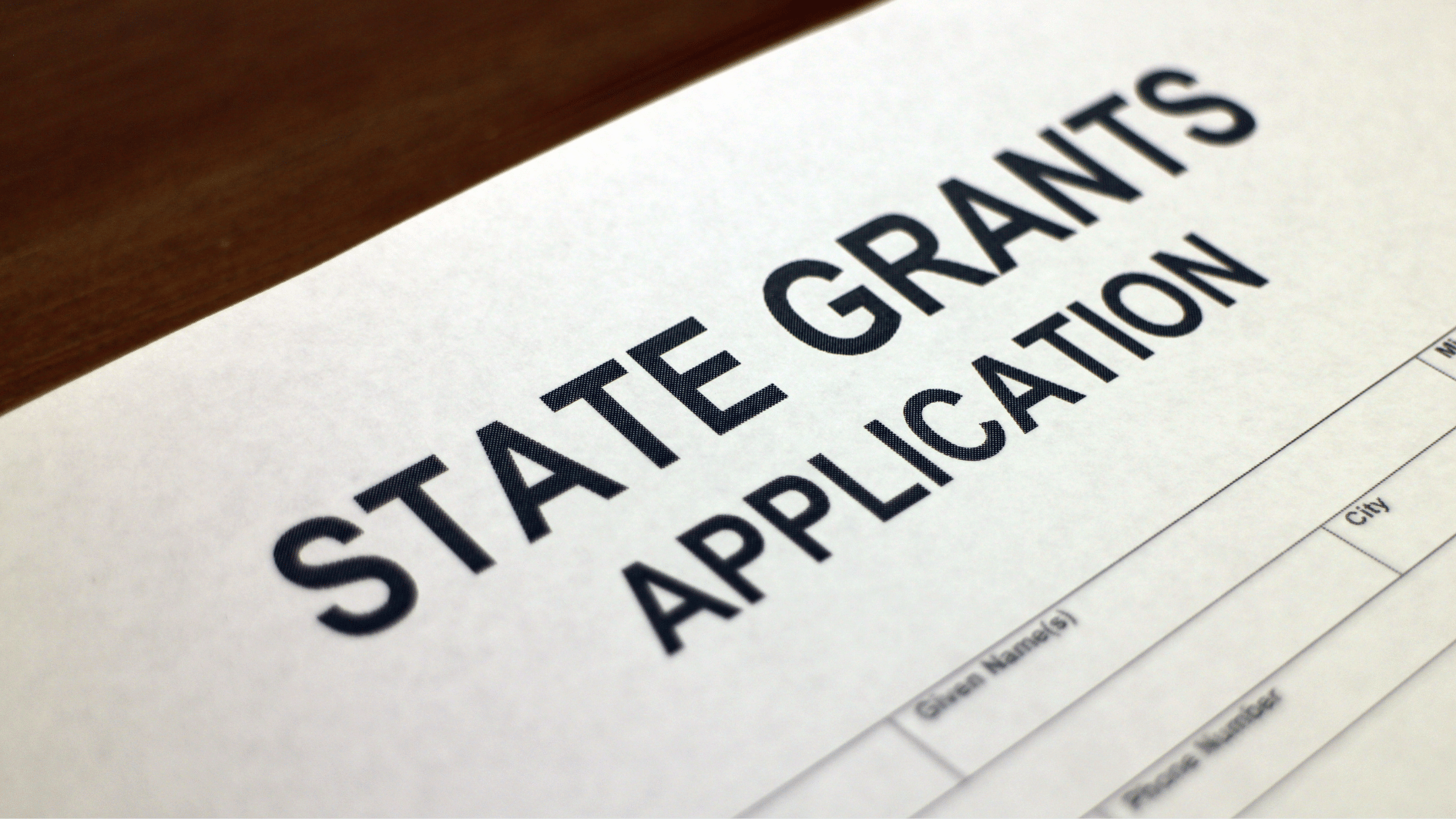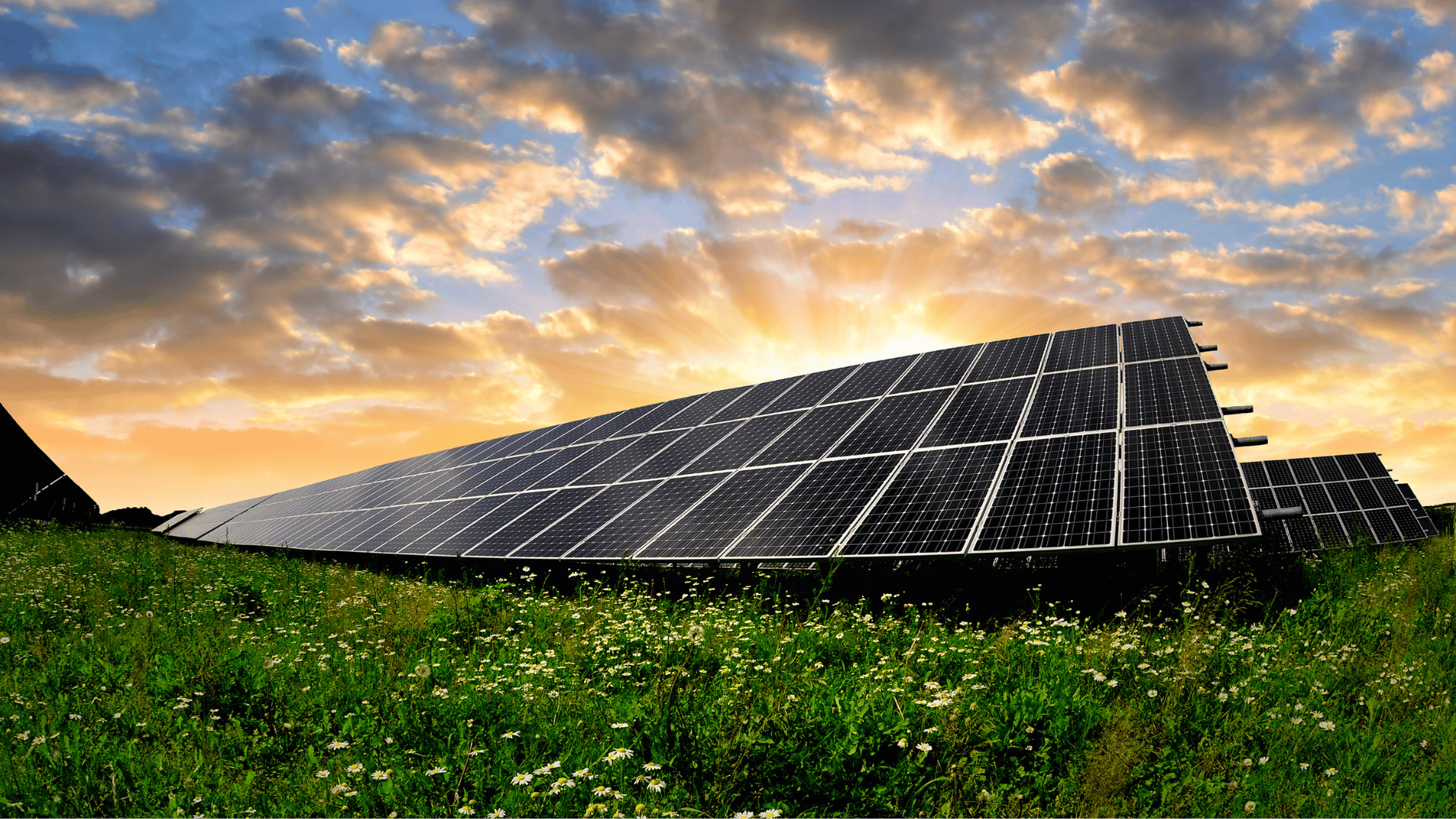Image source: Canva.com
Maryland Gov. Wes Moore signed the Brighter Tomorrow Act into law in May of this year. The measure expands the solar facilities that qualify for subsidy, improves the subsidy level, and contains certain miscellaneous provisions applicable, generally expanding access to subsidies and benefits to workers and persons of low to moderate income.
This law—coupled with ever-more-aggressive renewable portfolio standards—reflects the Maryland legislature’s aggressive efforts to combat climate change by offering deep subsidies to renewable energy generation facilities.
The Act expands subsidies under the Maryland Solar Renewable Energy Credit (SREC) Program. In Maryland, load-serving entities supplying electricity must purchase renewable energy credits to meet the state’s renewable portfolio standards (RPS). Solar facilities generate SRECs, which can be sold to these entities for additional revenue.
The Brighter Tomorrow Act enhances this by crediting certain solar facilities at 3 SRECs for every 2 MWh of renewable energy generated (150%) for 15 years, instead of the traditional 1:1 ratio. This enhancement does not affect the existing net-metering and SREC programs. The program is capped at 300 MW for systems under 20 KW and 270 MW for systems between 20 KW and 5 MW.
To qualify for this 150% SREC subsidy, projects must be certified by the Maryland Public Service Commission (PSC) after July 1, 2024, and meet the following criteria:
- Located in Maryland
- Eligible for Maryland’s RPS
- Placed in service between July 1, 2024, and January 1, 2028
- Less than 5 MW total capacity:
a. 20 KW or less
b. 20 KW-2 MW for aggregate net metering
c. 20 KW-5 MW if on a rooftop, parking lot canopy, or brownfield site
Source: POWER





